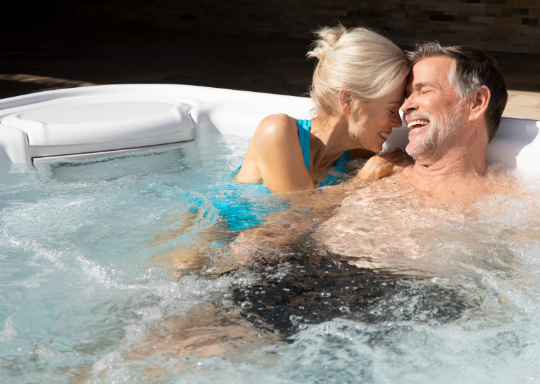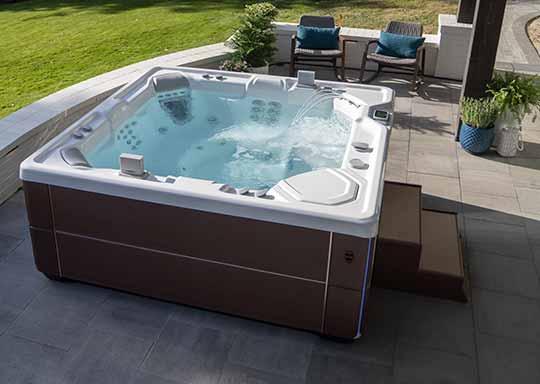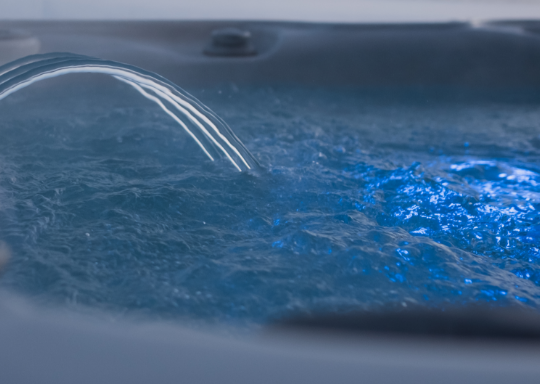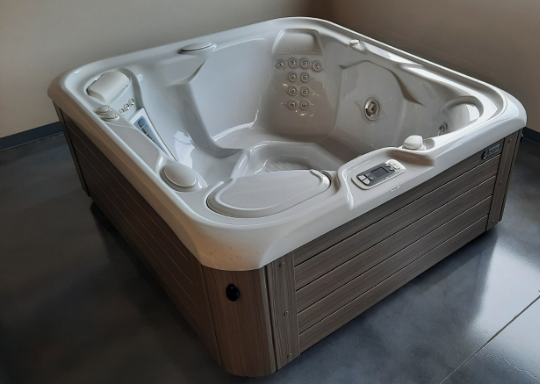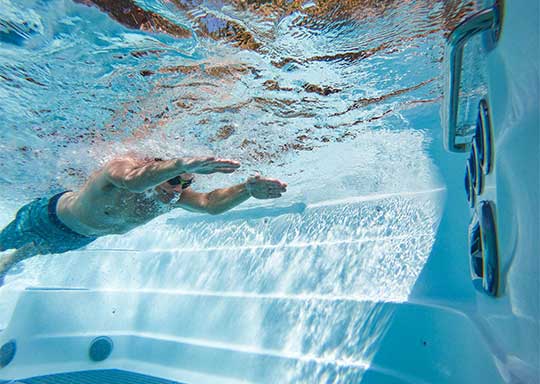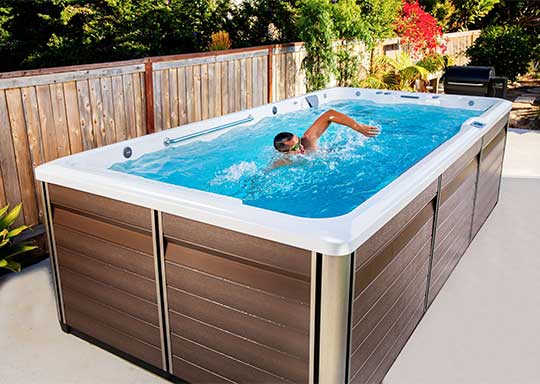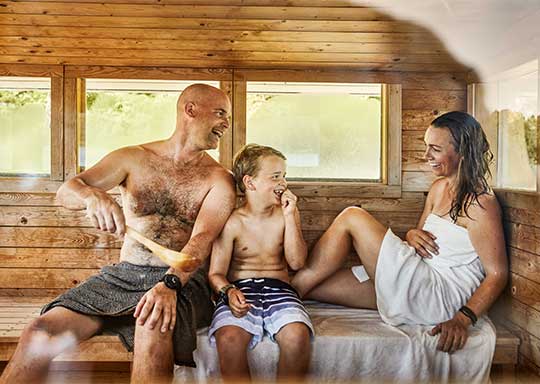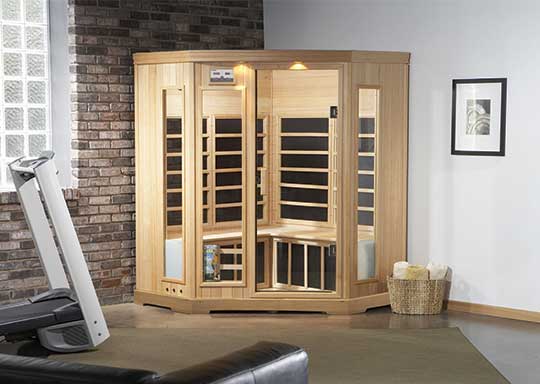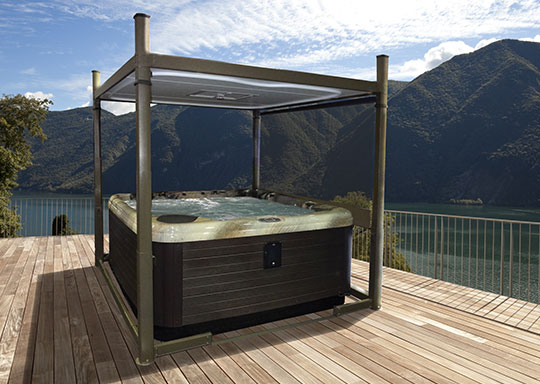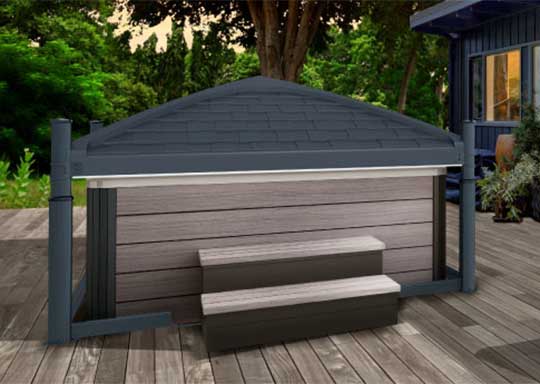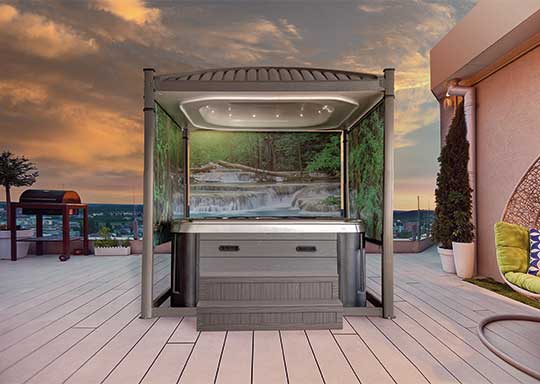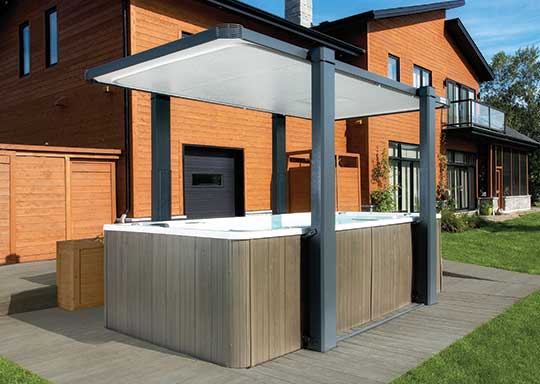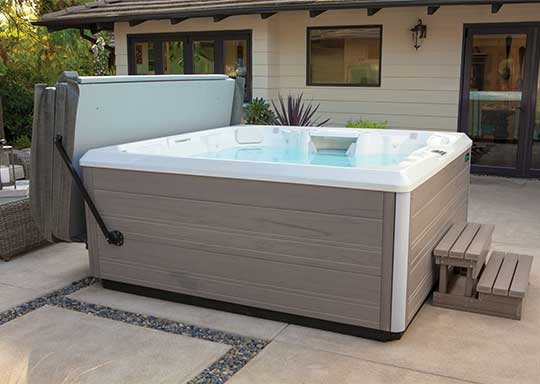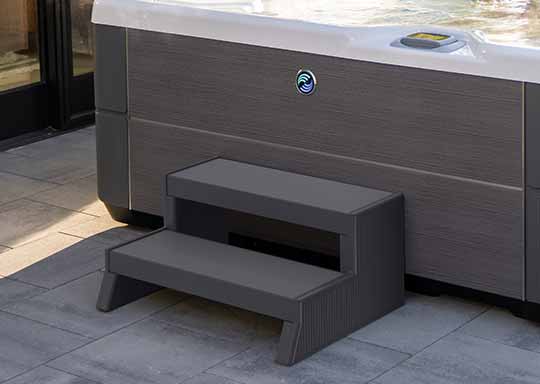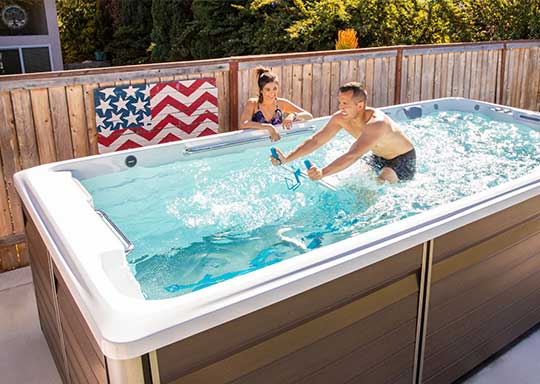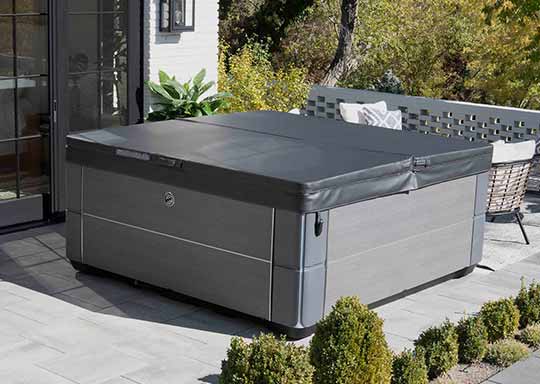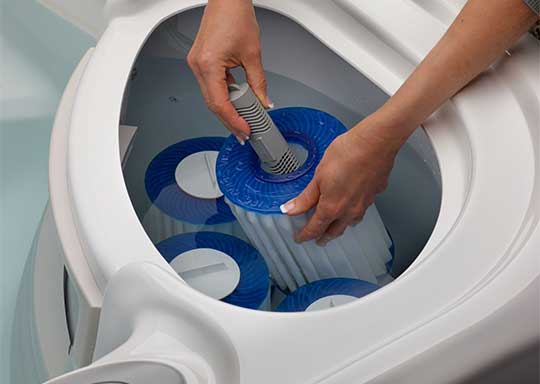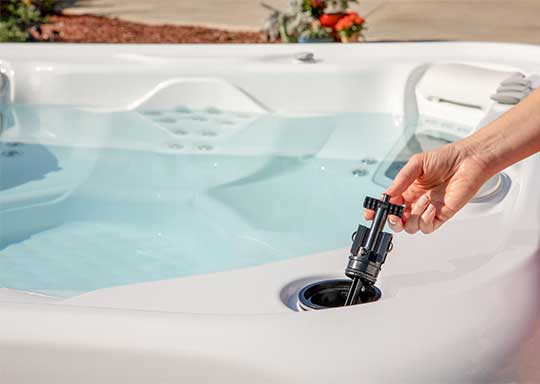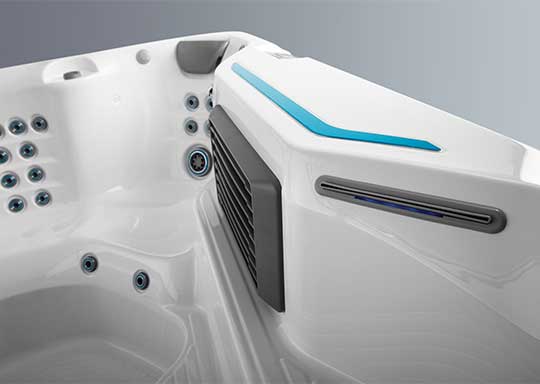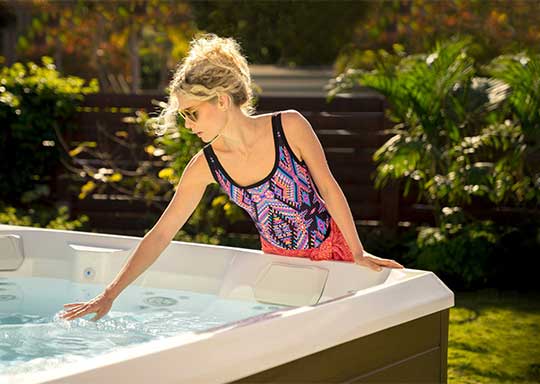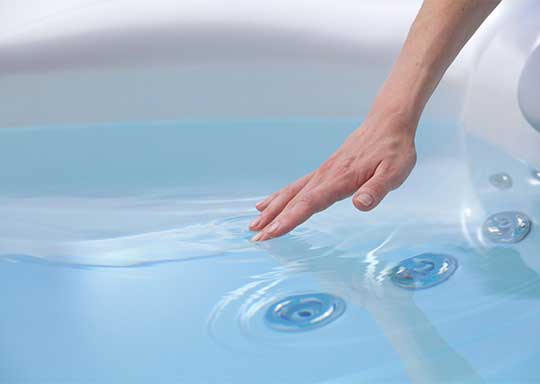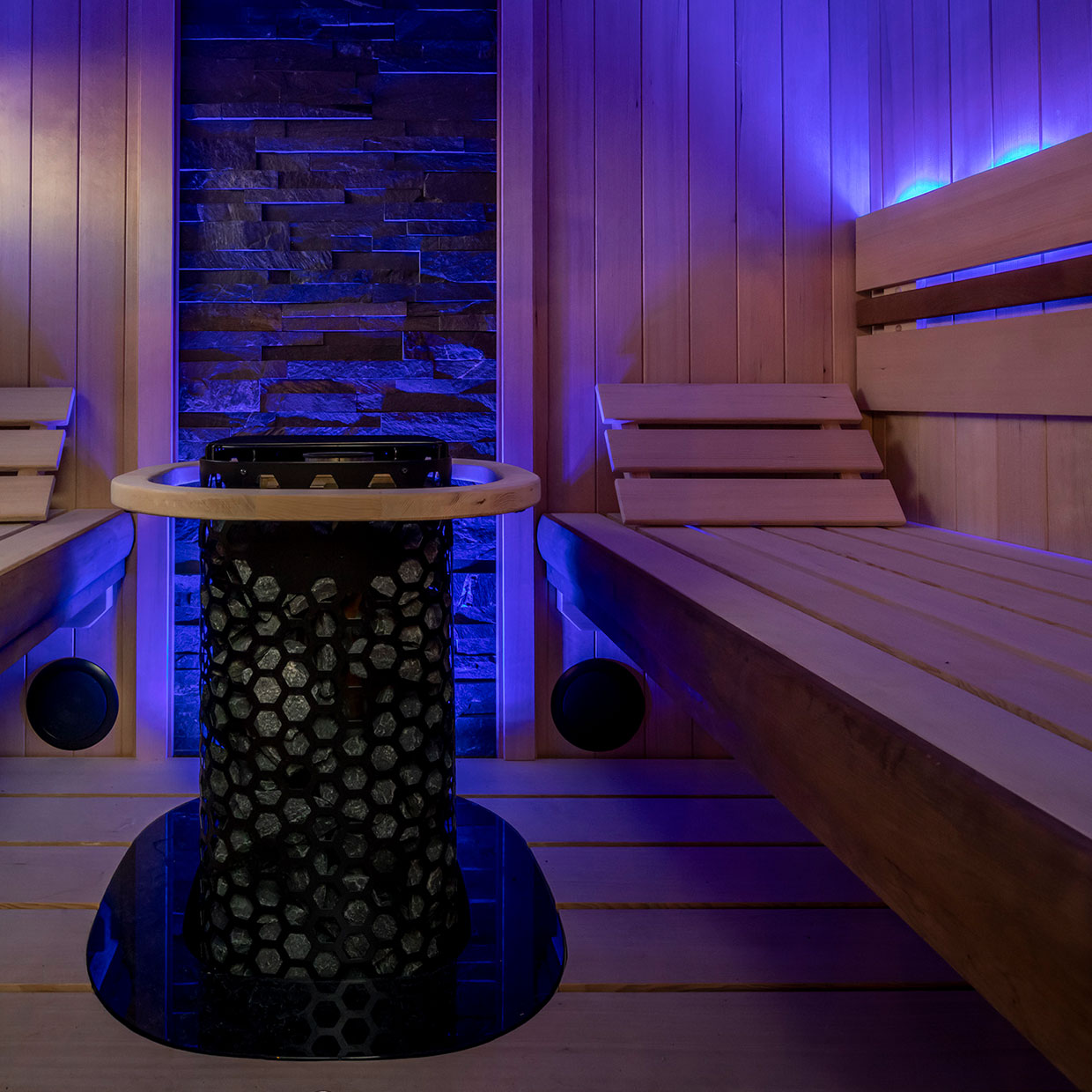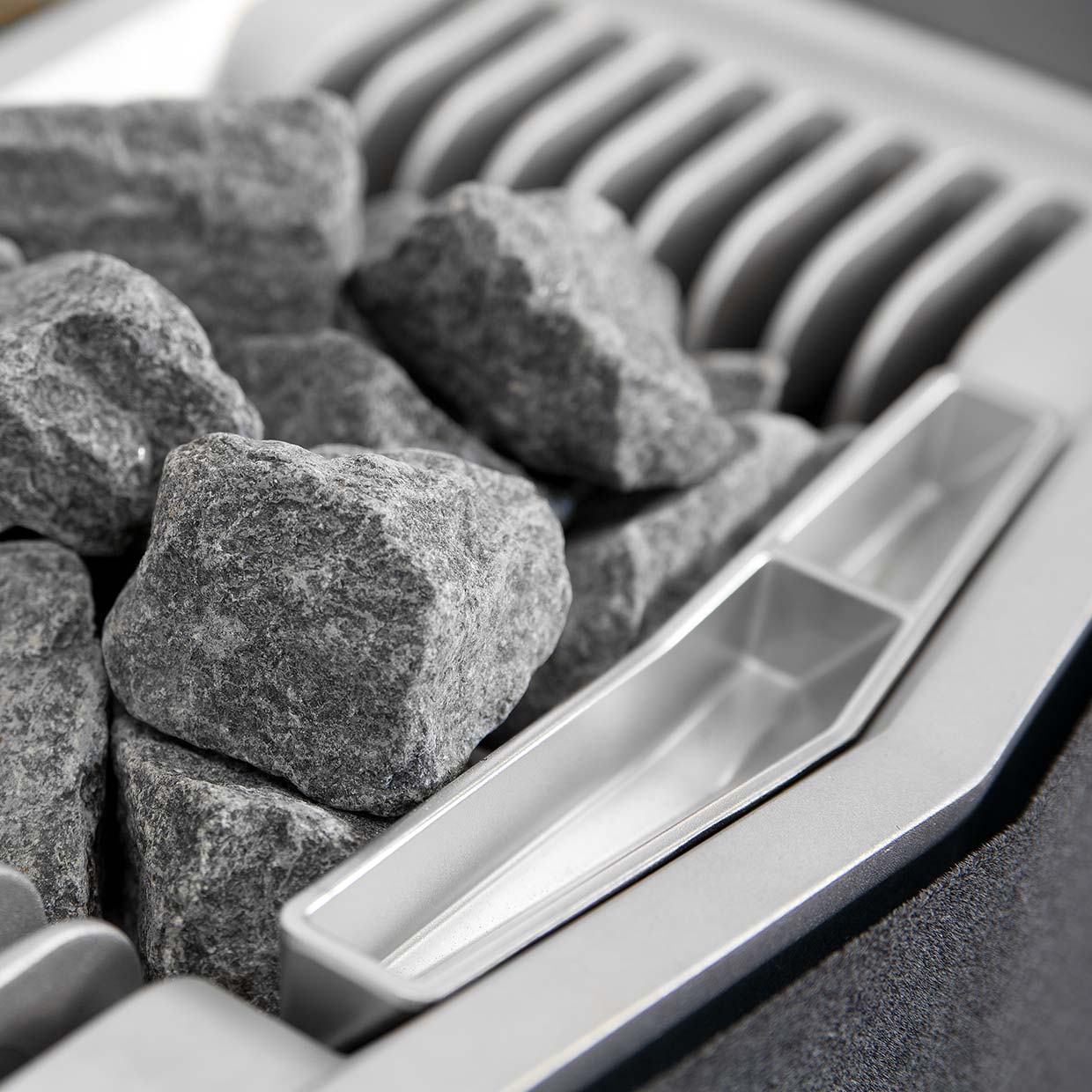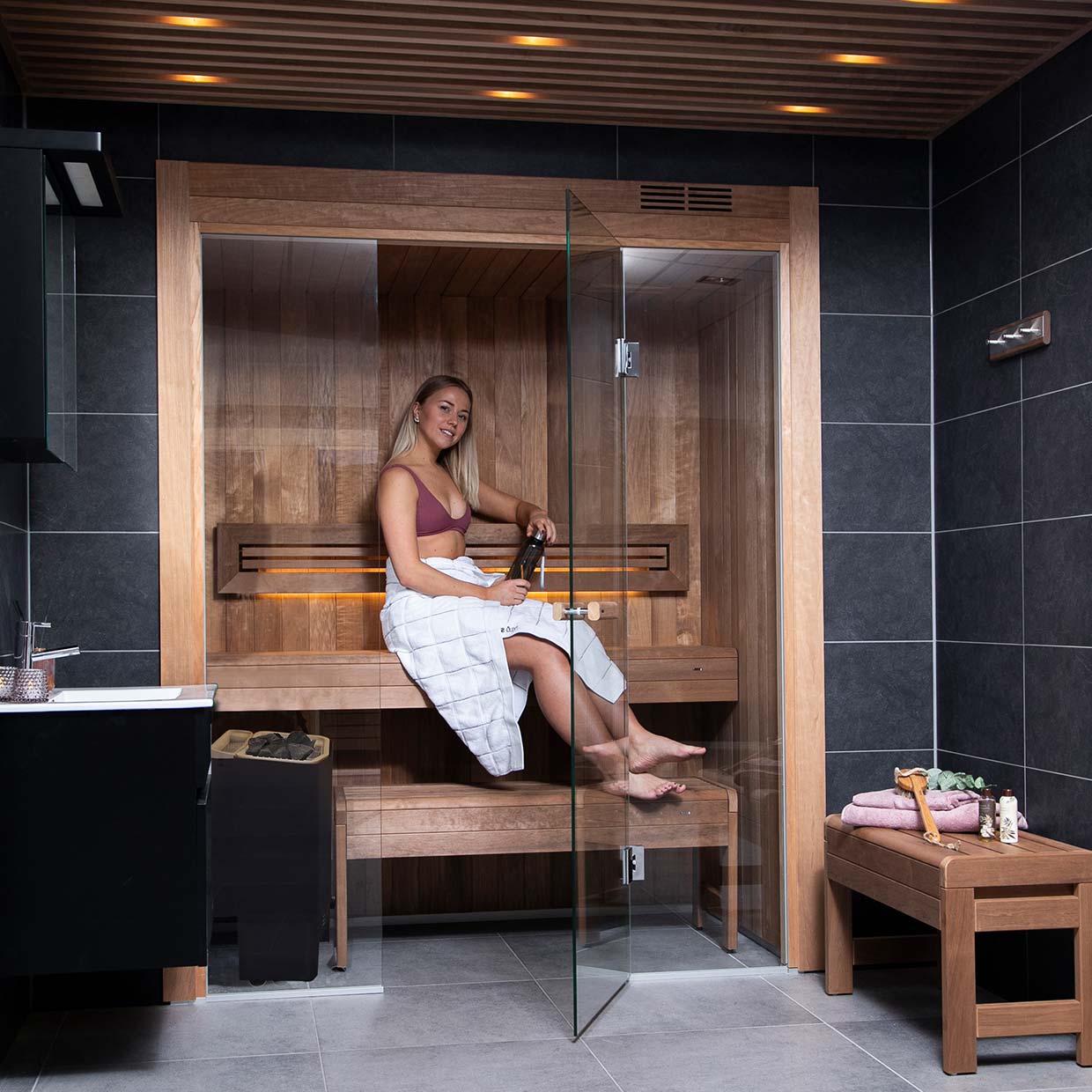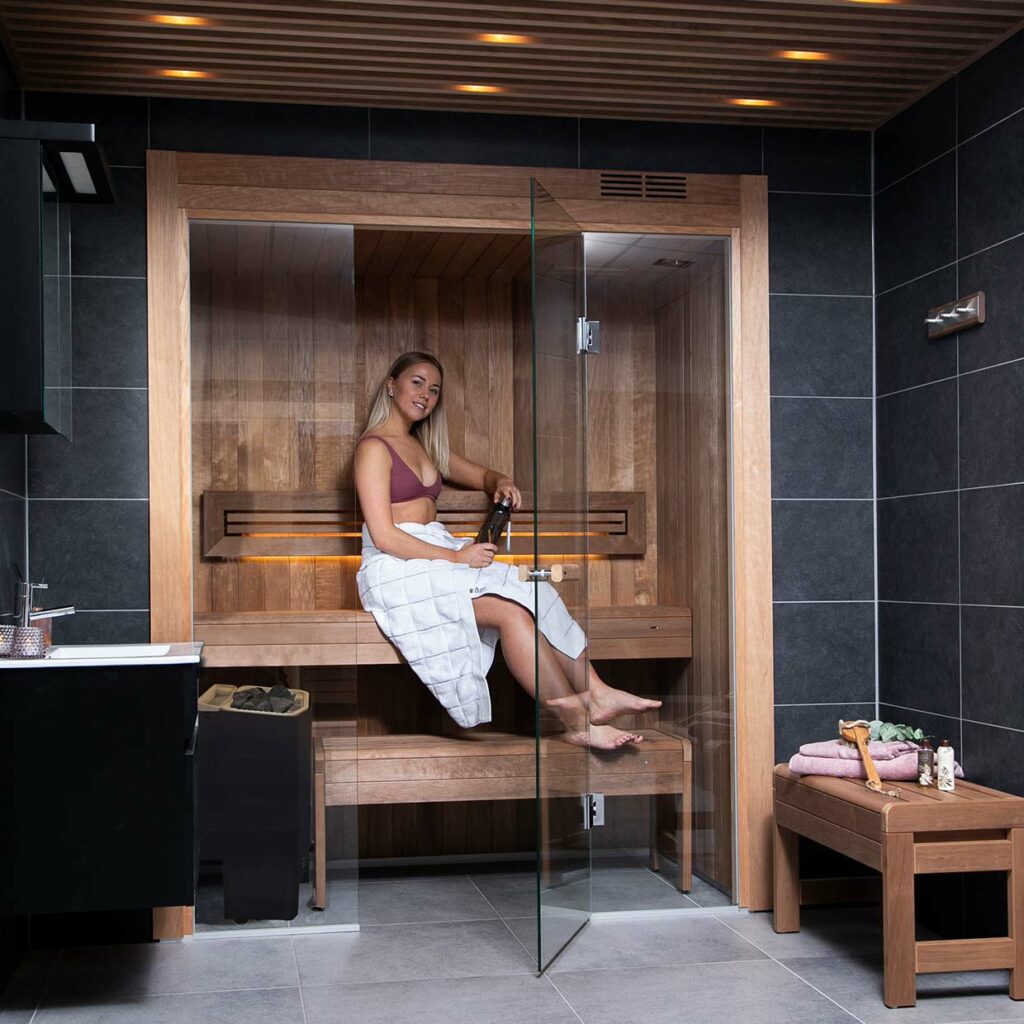
Buying a sauna? Here’s what you need to know
Saunas have been used for centuries for detoxification, relaxation, and treatment or prevention of various health conditions, including better sleep, weight loss, relief from sore muscles and joints, clear skin, and improved circulation. If purchasing a sauna is something you’re considering, it’s important to look at a number of important factors first.
Below are our top nine home sauna buying tips that you need to know before selecting one for your home.
#1 Infrared sauna vs traditional sauna
Sauna preferences are a very personal one. The key difference between traditional saunas and infrared saunas is the way they produce heat to provide health and relaxation benefits.
Traditional saunas have a low humidity of just 20–30%, heating the air by a wood-burning stove or heated rocks to 150–180 degrees Fahrenheit so your body starts its natural cooling process, inducing a profuse, purifying sweat. If you are sensitive to heat, this may not be the best choice for you.
Infrared saunas use light to penetrate and heat the body and provide increased comfort at a lower cost. Temperatures are much lower than a traditional sauna, usually ranging between 120–140 degrees Fahrenheit, with only 20% of the heat going into the air and the other 80% penetrating your body directly.
#2 If you opt for an infrared sauna, you’ll need to decide between a ceramic or carbon heater
Fragile ceramic heaters are less expensive (and less durable), but carbon heaters last longer and the heat can penetrate your skin more deeply to provide an intense sweat. Carbon heaters also reduce the risk of heat-related health problems.
#3 Figure out how much you want to spend on a sauna
Traditional steam saunas are usually pricier than infrared saunas due to their installation costs. All included, traditional prefab and custom models can range from $3,000–$11,000+. Infrared saunas can range from $4,000–$8,500+. You can expect to fit 2–4 people in both.
#4 Know the space limitations for your sauna
One of our most important sauna buying tips is making sure you know where you are going to place your sauna before purchasing one.
Traditional steam saunas have specific plumbing, draining, ventilation, and electrical requirements and must be installed by a professional.
Infrared saunas can be installed almost anywhere inside or outside your home under proper shelter. Bedrooms and garages are popular locations.
Consider the following:
- Will it be indoors or outdoors?
- What are the dimensions of the chosen space?
- Is there an adequate electrical outlet nearby?
- For traditional steam saunas, is there adequate ventilation, drainage, and plumbing?
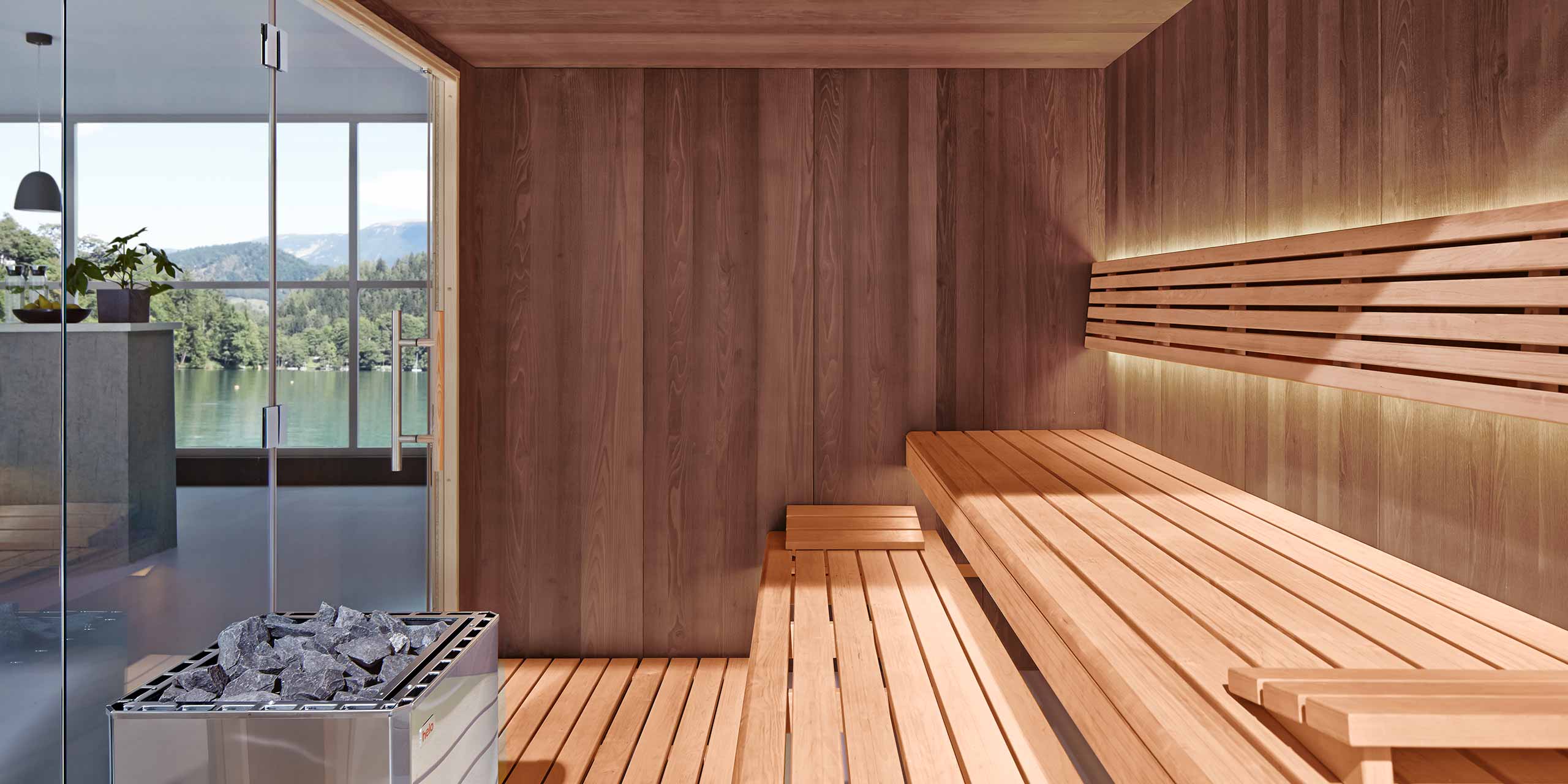
#5 Take note of the best quality wood for durability
Saunas can be made of hemlock, spruce, cedar, pine, and plywood, and each offer different advantages and disadvantages. Premium cedar and hemlock are the most durable and often used, whereas less expensive (but less desirable) pine and plywood can shrink, warp, or split over time.
Keep these tips for buying a sauna in mind when selecting material:
- Choose a high-quality, chemical-free timber (like hemlock or cedar) that won’t secrete resin, is resistant to moisture and heat, and will retain color and finish long-term.
- Select kiln-dried or air dried fine-grain wood to minimize warping and cracking.
- Consider the fragrance of the wood: Spruce, aspen, poplar, and cedar have an aromatic, relaxing aroma but are not optimal for allergy sufferers. Hemlock, with minimal scent, might be preferable.
- Pick a wood that is sustainably grown, if possible.
#6 Be aware of safety considerations
- Your sauna should be made of non-toxic materials on the interior and exterior without the use of harmful VOCs (Volatile Organic Compound) glues.
- Tempered safety glass should be used for doors and windows.
- It should feature a timer with automatic shut-down to monitor session times to avoid dehydration.
- For an electrical sauna, make sure it has electrical certification from a third party (GFCI circuits are a bad idea).
- Infrared saunas should also be third-party tested to ensure non-existent or low Electromagnetic Fields (EMF) and low Electric Fields (ELF).
#7 Know how much a sauna costs to operate
- An infrared sauna is more energy-efficient, costing about $10 a month.
- A traditional sauna costs between $20–$30 a month.
#8 Understand what a warranty covers
- Make sure your investment is protected by extensive warranties that cover the heating system, your power supply, control panel, wood, and any glass.
- Electrical components should be covered for at least two years, and the sauna cabin and heaters should offer a lifetime warranty.
#9 Find a trusted dealer
Seek out a trusted dealer such as Hot Spring Spas of Music City for high-quality brands and superior customer service so your sauna will provide a lifetime of relaxation and good health.


